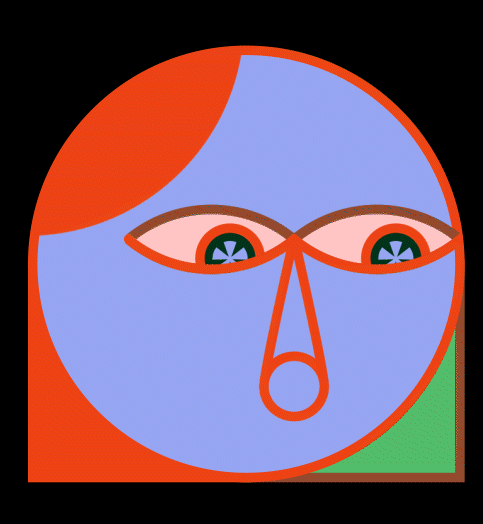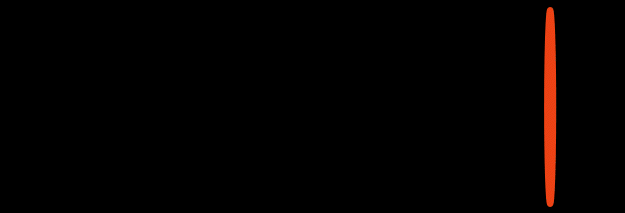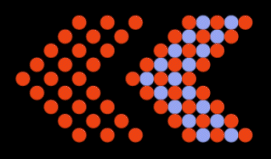Dayra
or how to circulate communal economic value?
دايرا
أو كيف نعمم القيمة الاقتصادية المجتمعية؟
أو كيف نعمم القيمة الاقتصادية المجتمعية؟
In line with our ever-evolving questions and to better harness the vast resources that are continually stifled by the harsh economic and political realities in Palestine, our collective is building an economic model called Dayra, which is Arabic for “circle” and “circling”, that materializes existing trust circles within communities. It is a funding system that inverts the existing funding processes: it begins with zero budget and builds up community capital through the circulation of resources. This capital then becomes a local asset that stores value within the community.
Dayra will allow individuals, small businesses and organizations who are experiencing times of financial crises to make use of existing and future resources through trust systems based on blockchain technologies. This model expands on a community-governed economic system that will facilitate and connect local production from small cultural institutions, small businesses and creative industries, household economies, and freelancers to foster social development. This model not only aims to bypass the traditional and restrictive funding models that we have depended on so far but also aims to enlarge the trust circles ensuring a resilient and supplementary economy through which different communities in crisis are able to grow on their own terms.
Dayra was first introduced in the context of documenta fifteen in the form of posters and informative videos.
Dayra will allow individuals, small businesses and organizations who are experiencing times of financial crises to make use of existing and future resources through trust systems based on blockchain technologies. This model expands on a community-governed economic system that will facilitate and connect local production from small cultural institutions, small businesses and creative industries, household economies, and freelancers to foster social development. This model not only aims to bypass the traditional and restrictive funding models that we have depended on so far but also aims to enlarge the trust circles ensuring a resilient and supplementary economy through which different communities in crisis are able to grow on their own terms.
Dayra was first introduced in the context of documenta fifteen in the form of posters and informative videos.
بالتوازي مع أسئلتنا المتطورة باضطراد، ولتسخير الموارد الهائلة التي تخنقها الحقائق الاقتصادية والسياسية القاسية في فلسطين باستمرار، تعمل مجموعتنا على بناء نموذج اقتصادي يسمى دايرا، وهي كلمة عربية مشتقة من الـ"دائرة" والـ"دائري" التي تجسد دوائر الثقة القائمة داخل المجتمعات. إنه نظام تمويل يقلب عمليات التمويل الحالية: يبدأ بميزانية صفرية ويبني رأسمالاً مجتمعياً من خلال تداول الموارد، ثم يغدو رأس المال هذا أحد الأصول المحلية التي تختزن القيمة داخل المجتمع
ستتيح دايرا للأفراد والشركات الصغيرة والمنظمات ممن يعانون أوقاتاً عصيبة في الأزمات المالية الاستفادةَ من الموارد الحالية والمستقبلية من خلال أنظمة الثقة القائمة على تقنيات البلوكتشين. يتمدد هذا النموذج في نظام اقتصادي يحكمه المجتمع ومن شأنه تسهيل وربط الإنتاج المحلي المكوّن من المؤسسات الثقافية الصغيرة والشركات الصغيرة والصناعات الإبداعية والاقتصادات المنزلية وأصحاب الأعمال الحرة لتعزيز التنمية الاجتماعية. لا يهدف هذا النموذج إلى تجاوز نماذج التمويل التقليدية والمحصورة التي اعتمدنا عليها حتى الآن فحسب، بل يهدف أيضًا إلى توسيع دوائر الثقة لضمان اقتصاد مرن ومتكامل يمكن من خلاله لشتّى المجتمعات التي تمر بأزمة أن تنمو وفقاً لشروطها الخاصة
جرى تقديم دايرا بداية في سياق دوكومنتا 15 على شكل ملصقات وفيديوهات تعليمية
ستتيح دايرا للأفراد والشركات الصغيرة والمنظمات ممن يعانون أوقاتاً عصيبة في الأزمات المالية الاستفادةَ من الموارد الحالية والمستقبلية من خلال أنظمة الثقة القائمة على تقنيات البلوكتشين. يتمدد هذا النموذج في نظام اقتصادي يحكمه المجتمع ومن شأنه تسهيل وربط الإنتاج المحلي المكوّن من المؤسسات الثقافية الصغيرة والشركات الصغيرة والصناعات الإبداعية والاقتصادات المنزلية وأصحاب الأعمال الحرة لتعزيز التنمية الاجتماعية. لا يهدف هذا النموذج إلى تجاوز نماذج التمويل التقليدية والمحصورة التي اعتمدنا عليها حتى الآن فحسب، بل يهدف أيضًا إلى توسيع دوائر الثقة لضمان اقتصاد مرن ومتكامل يمكن من خلاله لشتّى المجتمعات التي تمر بأزمة أن تنمو وفقاً لشروطها الخاصة
جرى تقديم دايرا بداية في سياق دوكومنتا 15 على شكل ملصقات وفيديوهات تعليمية

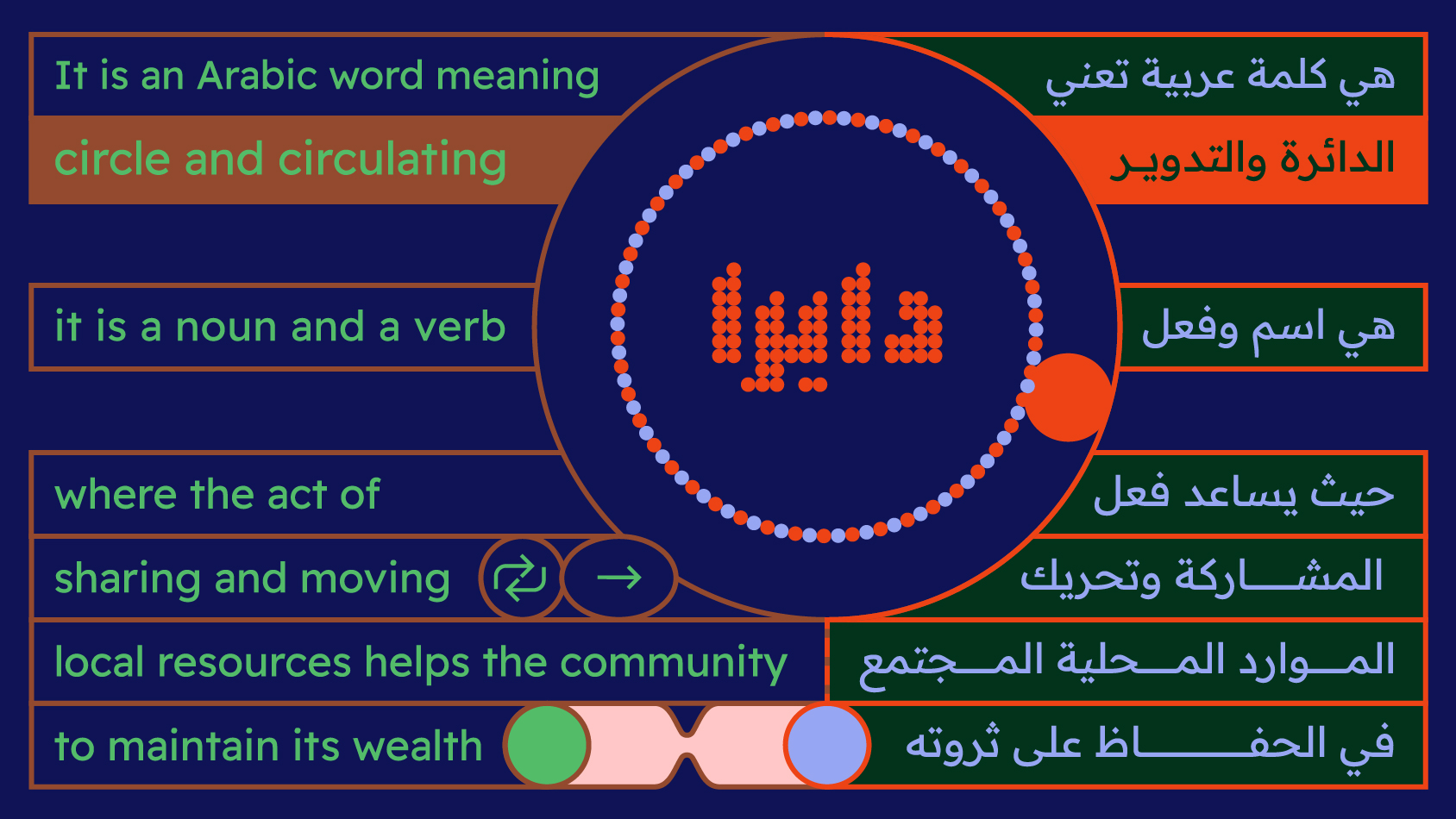

What Is Dayra?
Dayra is a medium for circulating communal debt within existing trust circles. It allows inter-dependency between different economies in the society through measuring, sharing, and exchanging the value of their local resources as existing wealth in the absence of money.
Why Dayra?
Dayra is an Arabic word meaning circle and circulating, it is a noun and a verb, where the act of sharing, and moving local resources helps the community to maintain its wealth.
In line with the ever-evolving questions on economy and dependency, and to better harness the vast resources that are continually stifled by the political realities in Palestine and elsewhere in this extracted world, our growing collective is building an economic model that materializes existing trust circles within specific communities. The model starts with the premise that individuals, local organizations, cooperatives, and associations have no funds to sustain their operations but they have an abundance of resources of varying types, whether they are material, physical, and intellectual. The medium thus aims to generate and store value through the act of exchanging and putting to use local resources for the common good.
In line with the ever-evolving questions on economy and dependency, and to better harness the vast resources that are continually stifled by the political realities in Palestine and elsewhere in this extracted world, our growing collective is building an economic model that materializes existing trust circles within specific communities. The model starts with the premise that individuals, local organizations, cooperatives, and associations have no funds to sustain their operations but they have an abundance of resources of varying types, whether they are material, physical, and intellectual. The medium thus aims to generate and store value through the act of exchanging and putting to use local resources for the common good.

WHO IS DAYRA FOR?
Dayra is a tool to support deep locality. Individuals, small businesses, and local organizations who are living and existing within a local economy that share what we call a communal debt.
Below are some groups that dayra can be used as a medium of interdependence and circulation of communal debt. They are only an example of the first stage of the system, but can be expanded based on each locality.Individuals, small businesses, and local organizations who are living and existing within a local economy that share what we call a communal debt.
*Families
*Artists and educators
*Freelancers: translators, installers, graphic designers, farmers, service providers.
*Small studios: animation, graphic design, architecture, media, etc
*Small businesses: family and communal farms, family and small shops that sell local products, carpenters and blacksmiths, restaurants, clinics, hair dressers etc
*Local products manufacturers: food makers, soap makers, fabrics makers, etc
*Organizations: Cultural organizations, social support organizations, legal support, economical aid, health care organizations, agricultural support, etc
Below are some groups that dayra can be used as a medium of interdependence and circulation of communal debt. They are only an example of the first stage of the system, but can be expanded based on each locality.Individuals, small businesses, and local organizations who are living and existing within a local economy that share what we call a communal debt.
*Families
*Artists and educators
*Freelancers: translators, installers, graphic designers, farmers, service providers.
*Small studios: animation, graphic design, architecture, media, etc
*Small businesses: family and communal farms, family and small shops that sell local products, carpenters and blacksmiths, restaurants, clinics, hair dressers etc
*Local products manufacturers: food makers, soap makers, fabrics makers, etc
*Organizations: Cultural organizations, social support organizations, legal support, economical aid, health care organizations, agricultural support, etc
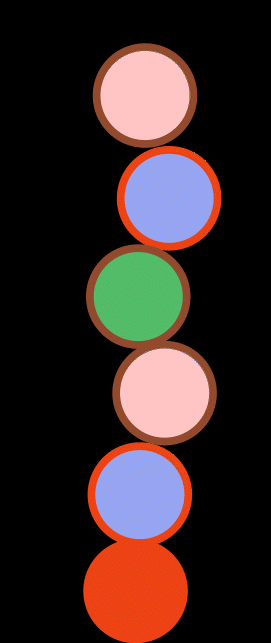
WHAT IS COMMUNAL DEBT?
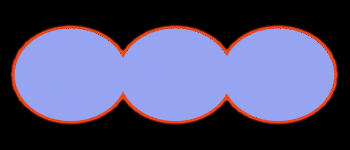
Communal debt isn’t a credit or a debit, it’s not a financial value, but rather it is an unagreed upon understanding between certain community members that they need each other and support each other in different ways and manners to exist and survive in this world. Communal debt is a shared asset that lives within the community through different sectors and across different generations, it is a recognition of interdependency and trust, a paying forward system that strengthens the society's ability to go through hardships and stay prosperent against all odds.
WHAT WE ARE PUSHING AGAINST?
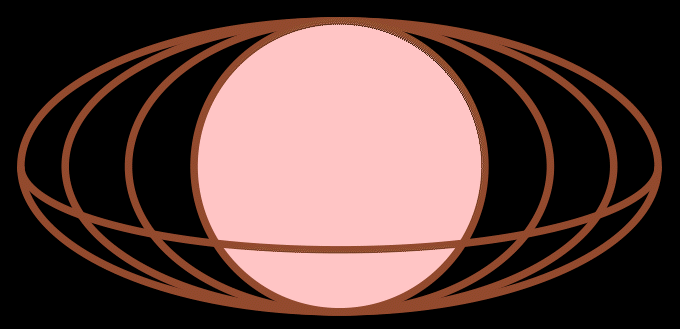
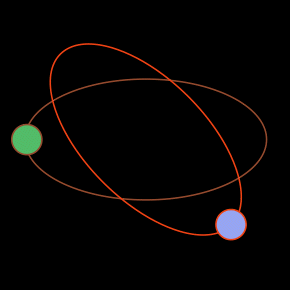
In the last 40 years, much of the world has been dominated by the neoliberal financial apparatus. One of the manifestations of that apparatus is that money has become the main measure of wealth in any given society, it has also become the main medium of exchanging resources. Financial crises are part of neoliberal economic cycles, they always put vulnerable communities in danger. When money becomes scarce it becomes harder for communities to fulfill their needs & exchange their existing local resources. But the absence of money doesn’t equate to the absence of resources, which are part of our communal wealth. These are human, material, natural & intellectual resources that exist despite their monetary values.
Financial crises are part of neoliberal economic cycles, they always put vulnerable communities in danger. When money becomes scarce it becomes harder for communities to fulfill their needs & exchange their existing local resources. But the absence of money doesn’t equate to the absence of resources, which are part of our communal wealth. These are human, material, natural & intellectual resources that exist despite their monetary values.
We are pushing towards bringing back the wealth to the people that generate it and help keep it within their societies.
Financial crises are part of neoliberal economic cycles, they always put vulnerable communities in danger. When money becomes scarce it becomes harder for communities to fulfill their needs & exchange their existing local resources. But the absence of money doesn’t equate to the absence of resources, which are part of our communal wealth. These are human, material, natural & intellectual resources that exist despite their monetary values.
We are pushing towards bringing back the wealth to the people that generate it and help keep it within their societies.
EXISTING MODELS WE LEARN FROM
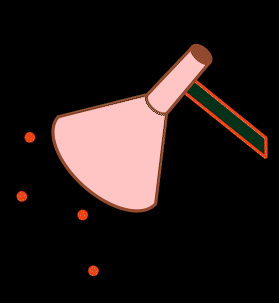
The following models exist in Palestine, we take them as models to learn from and build upon:
Nuqoot: which means dripping. Maybe this is the oldest communal debt that keeps being paid from one generation to the next. It is used in weddings to support the newly weds to cover their expanses and it is expected that it is paid back to the next generation. It is an ongoing support system that everyone is expected to participate in.
The shop’s notebook: it is used in villages and small communities shops to allow residents to get stuff on the promise that they will pay back once they have money, it is based on the trust that the community members will always pay back what they got.
Jama’yeh (financial temporary coops): a saving system based on trust, when a group of people come together and agree that they will all put the same amount of money every beginning of a month in a common pot, and each one of them can take the whole amount at the beginning of the month on an agreed upon schedule depending on their needs. It is based on the trust that the ones who the receive the pot at the beginning will keep paying the amount in the later months. It is a system that allows people to save and receive big chunks of money without having to go to banks.
Al Oneh: is a support structure based on voluntary work one would do to support family, neighbors, and the society in general. It takes different forms and happens in different times, like when building a new house in a village, or preparing for an event (a wedding or a funeral), in the time of olive harvest, or moving heavy stuff. It is used in times of ease and prosperity, and also in times of hardships and austerity. it doesn't involve sharing money, but rather resources, effort, and time.
Nuqoot: which means dripping. Maybe this is the oldest communal debt that keeps being paid from one generation to the next. It is used in weddings to support the newly weds to cover their expanses and it is expected that it is paid back to the next generation. It is an ongoing support system that everyone is expected to participate in.
The shop’s notebook: it is used in villages and small communities shops to allow residents to get stuff on the promise that they will pay back once they have money, it is based on the trust that the community members will always pay back what they got.
Jama’yeh (financial temporary coops): a saving system based on trust, when a group of people come together and agree that they will all put the same amount of money every beginning of a month in a common pot, and each one of them can take the whole amount at the beginning of the month on an agreed upon schedule depending on their needs. It is based on the trust that the ones who the receive the pot at the beginning will keep paying the amount in the later months. It is a system that allows people to save and receive big chunks of money without having to go to banks.
Al Oneh: is a support structure based on voluntary work one would do to support family, neighbors, and the society in general. It takes different forms and happens in different times, like when building a new house in a village, or preparing for an event (a wedding or a funeral), in the time of olive harvest, or moving heavy stuff. It is used in times of ease and prosperity, and also in times of hardships and austerity. it doesn't involve sharing money, but rather resources, effort, and time.
Who is Dayra?
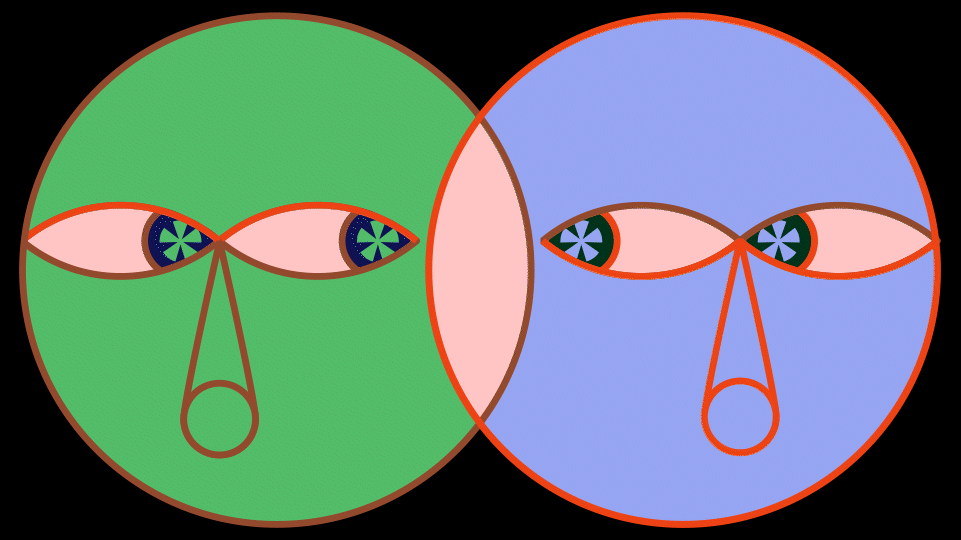
We are community members voracious for change in economic plight, who meet to discuss ideas of independence from the constraints of the existing economy, and the cultural practices that are resulting from this economy. The solution was an economic system that would facilitate and encourage local production such as agriculture and cultural production and make bridges in social development and unity using a blockchain medium that circulates economic value.
We are artists, cultural producers, academics, economics, blockchain architects, graphic and user experience designers, social activists, programers, and workers in different economical and productive fields.
We are artists, cultural producers, academics, economics, blockchain architects, graphic and user experience designers, social activists, programers, and workers in different economical and productive fields.
HOW DOES DAYRA WORK?
Dayra is a zero sum system, with every new member signing up, a certain amount of Dayras is created (lets say 1000 dayras). These Dayras remain in the main wallet of the system, divided into two pots: 1- the account of the member in the system (500 D). 2- the common pot (500 D).
In the member’s wallet, an equivalent amount in value of Validation points (VP) is created. (lets say 5 VP = 500 D).
VPs are the points through which a member can validate a certain act of sharing by another member, and therefore the system can release the agreed upon Dayras from the member’s account to their wallet. The VP is the representation of the communal debt that is shared once the member has on boarded.
Every time a VP is used it is deducted from the wallet and is stored in a locked wallet in the system.
There are 2 ways for the transactions to happen:
1- Validation / Release (Wallet to System to Wallet) : VP to Dayra
2- Direct transaction between wallets : Dayra to DayraCommon Pot can be accessed through communal voting on funds and share of resources. The community becomes the validator.
In the member’s wallet, an equivalent amount in value of Validation points (VP) is created. (lets say 5 VP = 500 D).
VPs are the points through which a member can validate a certain act of sharing by another member, and therefore the system can release the agreed upon Dayras from the member’s account to their wallet. The VP is the representation of the communal debt that is shared once the member has on boarded.
Every time a VP is used it is deducted from the wallet and is stored in a locked wallet in the system.
There are 2 ways for the transactions to happen:
1- Validation / Release (Wallet to System to Wallet) : VP to Dayra
2- Direct transaction between wallets : Dayra to DayraCommon Pot can be accessed through communal voting on funds and share of resources. The community becomes the validator.
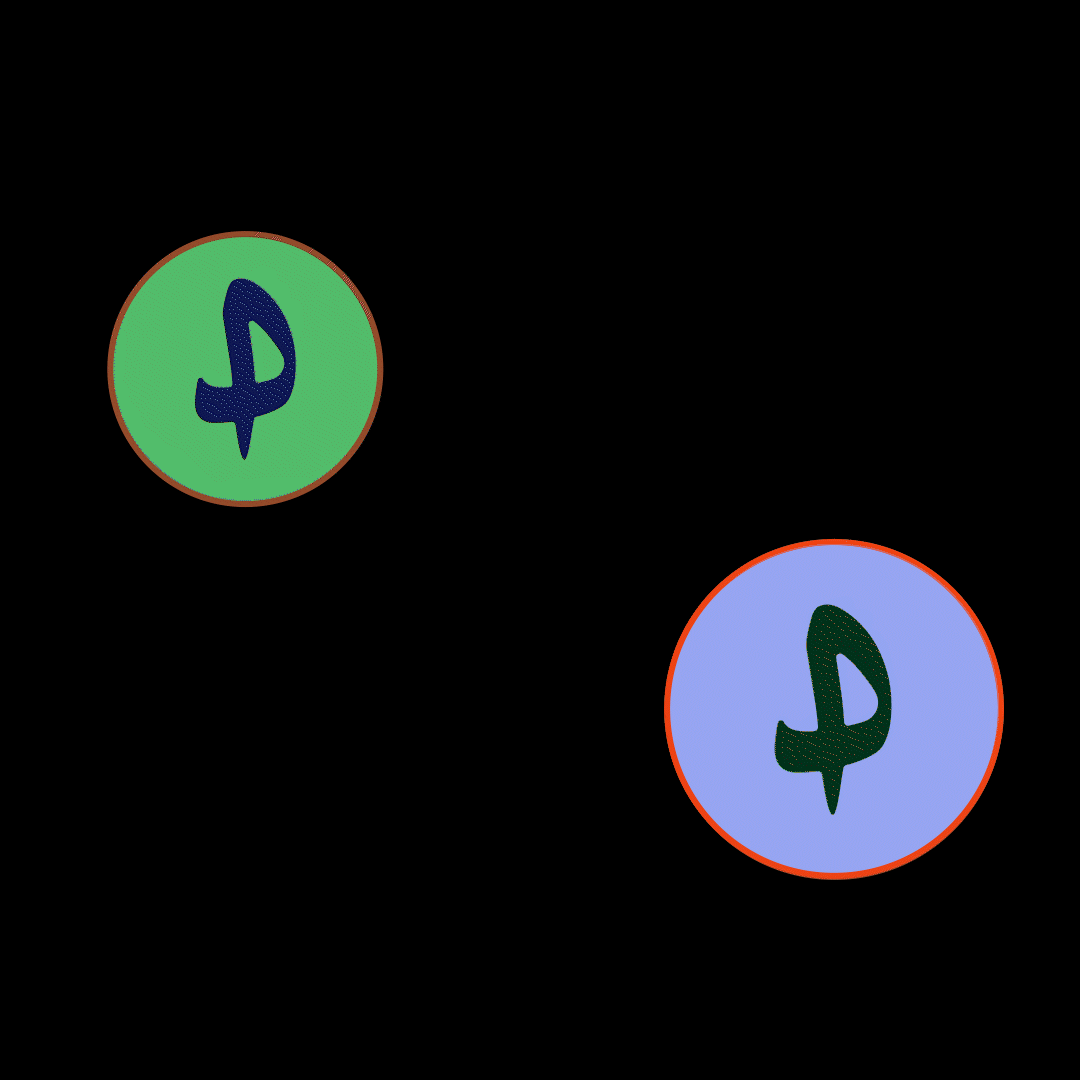
HOW IT ALL STARTED?
Dayra started from a discussion about Muneh (an Arabic word which refers to a historical lavantian tradition of provisions for the future, within the discussion of The Question of Funding Collective (QOF) it came to mean the pot of resources). The idea was to invite different cultural institutions to share resources such as equipment, member’s skills, time…etc. Another set of events which propelled it were conditions faced during the pandemic in Palestine. Many daily workers in the service sector became unemployed. Simultaneously local Palestinain cultural institutions called for a meeting with funders to argue for an increase in funding because of the pandemic. A question propelled by those two ongoing crises was: why do cultural institutions see themselves outside of the wider economic crisis? We started to think of some kind of economical network which allows different economies in society to connect. While we - QoF - were trying to look for models we were also trying to find or to produce structures. as existing wealth in the absence of money.
While being members in the lumbung (documenta fifteen) our interest in ‘liberating’ money grew. In documenta fifteen others referred to it as transvestment, while we call it ‘liberation’ of money from one hegemonic system into another which liberates the money from donor conditions. It was an interest to return to the essence of money as a medium of exchange rather than a medium of speculation and financial industry. Neoliberal structures, such as finance, took over the practices of economy. We wanted to address the economy as a political practice. Economy is about interdependence. Money should not be wealth. The wealth of a community is the existing resources of a community. We saw money only as a medium of exchange rather than where wealth is stored.
We started by making assemblies with agricultural workers. When we started, compost was our medium of exchange. Slowly we discovered this might be limiting, so we started to do research on different forms of cooperatives around us. We also hosted colleagues and members in learning sessions on local currencies, focusing on how community currencies work.
While being members in the lumbung (documenta fifteen) our interest in ‘liberating’ money grew. In documenta fifteen others referred to it as transvestment, while we call it ‘liberation’ of money from one hegemonic system into another which liberates the money from donor conditions. It was an interest to return to the essence of money as a medium of exchange rather than a medium of speculation and financial industry. Neoliberal structures, such as finance, took over the practices of economy. We wanted to address the economy as a political practice. Economy is about interdependence. Money should not be wealth. The wealth of a community is the existing resources of a community. We saw money only as a medium of exchange rather than where wealth is stored.
We started by making assemblies with agricultural workers. When we started, compost was our medium of exchange. Slowly we discovered this might be limiting, so we started to do research on different forms of cooperatives around us. We also hosted colleagues and members in learning sessions on local currencies, focusing on how community currencies work.
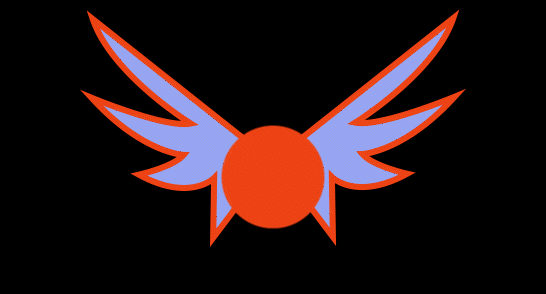
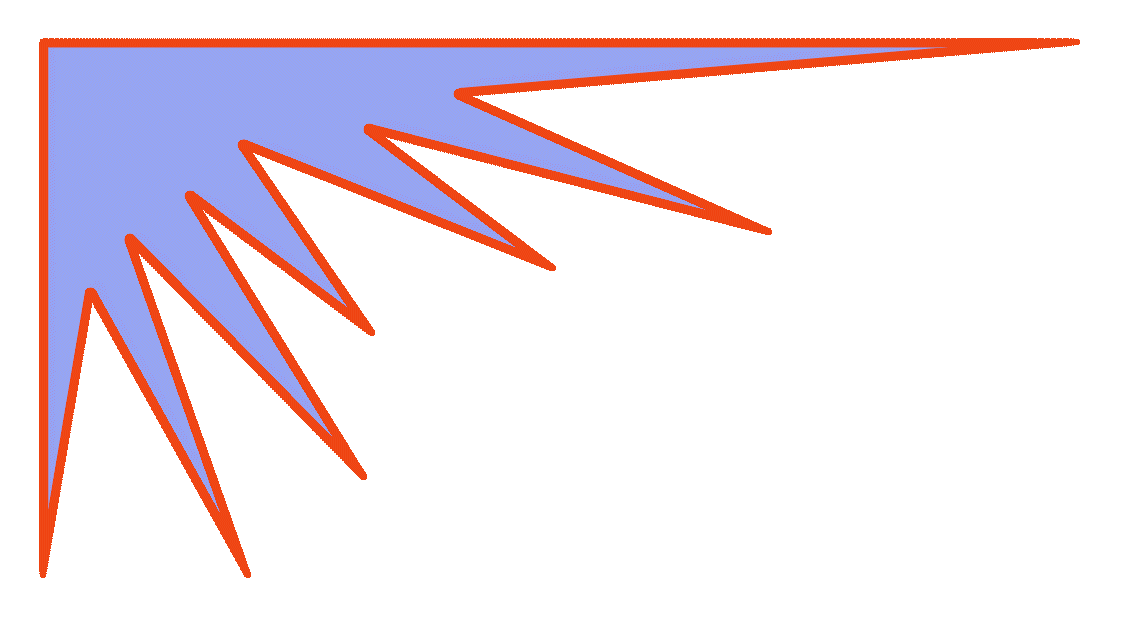
WHAT ARE WE AND WHAT ARE WE NOT?

These are the principles, values, and issues we are still attempting to resolve. We hope that these might help inspire others:
1. Funding based on abundance instead of on scarcity
Dayra functions in a way where the community funds itself while circulating its resources. It self- funds with an abundance of resources.
2. Dayra is based on the circulation of communal debt
Dayra begins from a point of interdependencies. We are indebted to each other, when using Dayra we acknowledge this. We engage in a process of circulating debt. Debt becomes a communal resource; to be indebted to the community means you are part of it.
3. Non-trust based technology practiced within trust communal structures
We use the technology of the blockchain; a trustless tool. We are engulfing it with a community based governance system which is trust based. Using the technology as a medium for socially based infrastructure, the technology becomes only a tool.
4. Funding bottom up. Funds are produced by community sharing their existing resources (communal wealth)
Funds start from zero and build up by sharing resources. Value here is not for building assets, but rather for the act of sharing. What produces value is not assets but rather the sharing of the assets, its circulation within the community.
5. Circular by design
Members cannot accumulate Dayra. It is a medium of circulation and not accumulation. The structure is made so that Dayra is a medium for the continuous circulation of resources.
6. No accumulation of Dayra
If a member attempts to accumulate Dayra, they cannot use it anymore. Members have to keep sharing and using Dayra for it to maintain value.
7. Interdependency between different small economies
One of the aims of Dayra is to connect small and fragile economies together, because it is based on the diversity of economies (artists, freelancers, farmers…)
8. No inflation or deflation. Caps on wallets. Dayra is generated out of expanding members and ecosystem users
Dayra expands with every member, and declines along with their absence. One cannot accumulate a certain amount of Dayras, the relation between the Dayras in circulation and the ones available in the system is always equal. It cannot become a medium of derivatives and speculation. We cannot use financial policies on it, like what is happening now with money. It should remain a very basic medium of exchange.
9. Minting the act of sharing, value based on circulation. Dayra is not an NFT
Value is produced from the act of sharing, it is not an asset in itself. We are not trying to create NFTs, which produce value for digital assets. Dayra is not an NFT in the sense that we are trying to produce value for the communal exchange processes.
10. Local wealth and extraction: keeping local wealth within the community. One can’t use Dayra outside of its local ecosystem
Every ecosystem can create its own Dayra, it is not our aim that it is globally used. We would be extracting wealth if we do that. Dayra should give value to communal wealth, if we transfer this to other stronger economies Dayra will disappear into that wealth. Through Dayra we attempt to circulate local resources and avoid investing in imported goods, as this is wealth which will leave the community. It is also about encouraging local ecosystems in supporting each other, especially in times of hardship.
11. Validation points as a way to communicate to the shared wealth
The system is divided into two point systems: Dayra and validation points. Validation points are the debt received when a member joins Dayra. Those validation points are in the communal pot already, what members can do is to transfer them, or validate someone else’s act of sharing through one’s points. Validation points are a declaration of the communal debt. Through points systems, individuals are able to communicate with the common pot.
12. Governance moves from a centralized system towards a decentralized system
Dayra is a centralized system. It starts with governance by members of the Dayra working group or QoF while slowly building tools it will transform into decentralized governance, involving all members.
13. Issues of arbitration and disagreements?
Part of what QoF is trying to deal with within the social systems section of Dayra application, is about how to disagree and how to create models and ways of finding resolutions. We are trying to find a way of how the larger community can intervene to solve issues.
14. It is not Crypto, it is not currency, it is not a coin…pushing blockchain outside of the fin-tech
We are using blockchain technology in Dayra. Blockchain has lost its potential, as crypto currencies are used to reproduce speculative economies but with a different technology. We return to the basics and promise of what blockchain can give us. We don’t treat Dayra as a national currency, because it is not. We’re trying to use other basic terms, such as points, units, tokens, or simply just Dayra.
1. Funding based on abundance instead of on scarcity
Dayra functions in a way where the community funds itself while circulating its resources. It self- funds with an abundance of resources.
2. Dayra is based on the circulation of communal debt
Dayra begins from a point of interdependencies. We are indebted to each other, when using Dayra we acknowledge this. We engage in a process of circulating debt. Debt becomes a communal resource; to be indebted to the community means you are part of it.
3. Non-trust based technology practiced within trust communal structures
We use the technology of the blockchain; a trustless tool. We are engulfing it with a community based governance system which is trust based. Using the technology as a medium for socially based infrastructure, the technology becomes only a tool.
4. Funding bottom up. Funds are produced by community sharing their existing resources (communal wealth)
Funds start from zero and build up by sharing resources. Value here is not for building assets, but rather for the act of sharing. What produces value is not assets but rather the sharing of the assets, its circulation within the community.
5. Circular by design
Members cannot accumulate Dayra. It is a medium of circulation and not accumulation. The structure is made so that Dayra is a medium for the continuous circulation of resources.
6. No accumulation of Dayra
If a member attempts to accumulate Dayra, they cannot use it anymore. Members have to keep sharing and using Dayra for it to maintain value.
7. Interdependency between different small economies
One of the aims of Dayra is to connect small and fragile economies together, because it is based on the diversity of economies (artists, freelancers, farmers…)
8. No inflation or deflation. Caps on wallets. Dayra is generated out of expanding members and ecosystem users
Dayra expands with every member, and declines along with their absence. One cannot accumulate a certain amount of Dayras, the relation between the Dayras in circulation and the ones available in the system is always equal. It cannot become a medium of derivatives and speculation. We cannot use financial policies on it, like what is happening now with money. It should remain a very basic medium of exchange.
9. Minting the act of sharing, value based on circulation. Dayra is not an NFT
Value is produced from the act of sharing, it is not an asset in itself. We are not trying to create NFTs, which produce value for digital assets. Dayra is not an NFT in the sense that we are trying to produce value for the communal exchange processes.
10. Local wealth and extraction: keeping local wealth within the community. One can’t use Dayra outside of its local ecosystem
Every ecosystem can create its own Dayra, it is not our aim that it is globally used. We would be extracting wealth if we do that. Dayra should give value to communal wealth, if we transfer this to other stronger economies Dayra will disappear into that wealth. Through Dayra we attempt to circulate local resources and avoid investing in imported goods, as this is wealth which will leave the community. It is also about encouraging local ecosystems in supporting each other, especially in times of hardship.
11. Validation points as a way to communicate to the shared wealth
The system is divided into two point systems: Dayra and validation points. Validation points are the debt received when a member joins Dayra. Those validation points are in the communal pot already, what members can do is to transfer them, or validate someone else’s act of sharing through one’s points. Validation points are a declaration of the communal debt. Through points systems, individuals are able to communicate with the common pot.
12. Governance moves from a centralized system towards a decentralized system
Dayra is a centralized system. It starts with governance by members of the Dayra working group or QoF while slowly building tools it will transform into decentralized governance, involving all members.
13. Issues of arbitration and disagreements?
Part of what QoF is trying to deal with within the social systems section of Dayra application, is about how to disagree and how to create models and ways of finding resolutions. We are trying to find a way of how the larger community can intervene to solve issues.
14. It is not Crypto, it is not currency, it is not a coin…pushing blockchain outside of the fin-tech
We are using blockchain technology in Dayra. Blockchain has lost its potential, as crypto currencies are used to reproduce speculative economies but with a different technology. We return to the basics and promise of what blockchain can give us. We don’t treat Dayra as a national currency, because it is not. We’re trying to use other basic terms, such as points, units, tokens, or simply just Dayra.
